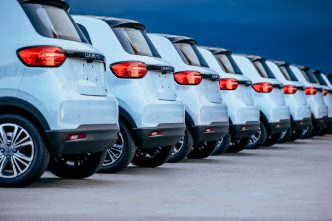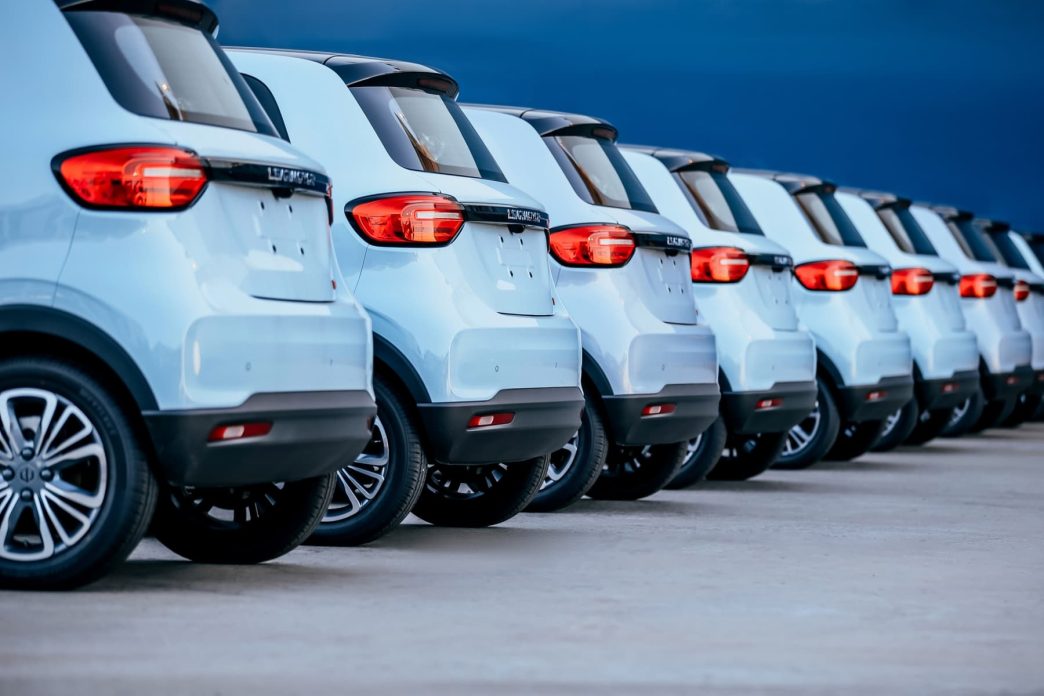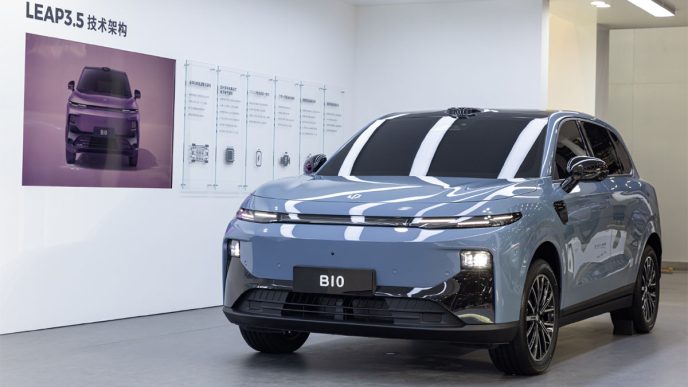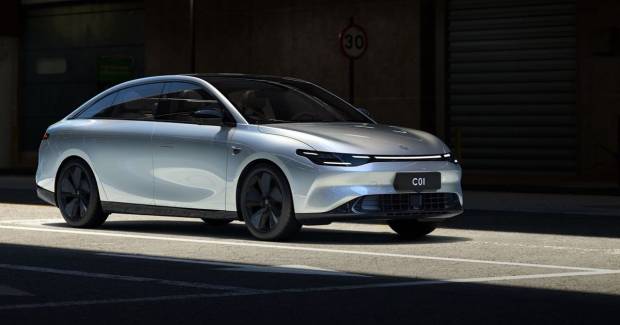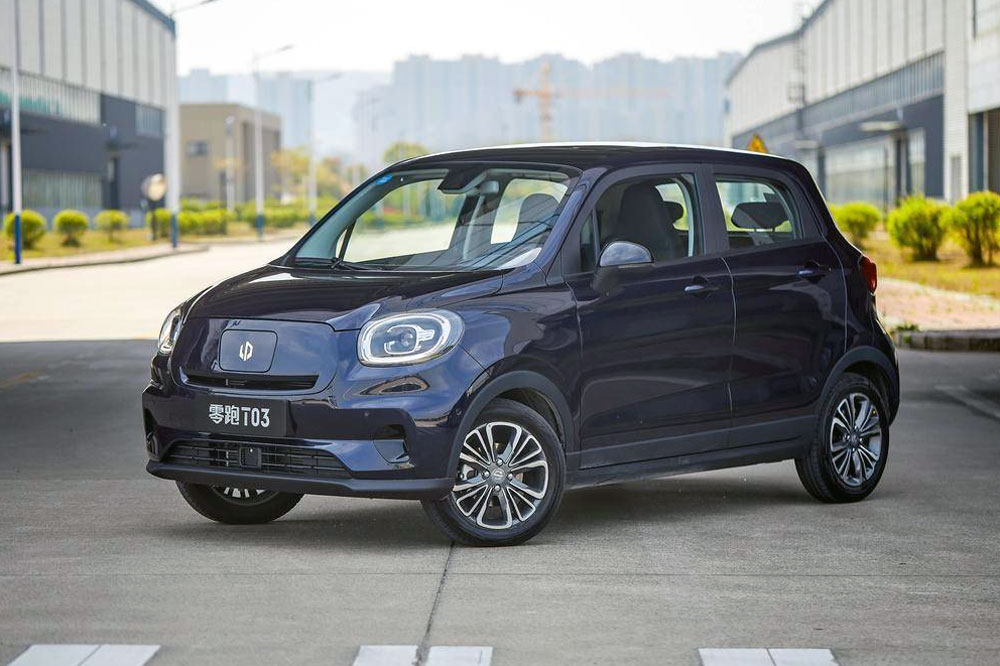Leapmotor, the Chinese new energy vehicle (NEV) maker backed by Stellantis NV, has set an ambitious sales target of 500,000 vehicles for 2025. During its third-quarter earnings call, the company outlined plans to achieve monthly sales of 40,000 vehicles on average. To meet this goal, Leapmotor is significantly ramping up production capacity and expanding its sales channels, according to CEO and founder Zhu Jiangming.
Leapmotor had 698 stores in China by the end of October and expects to exceed its full-year sales target of 250,000 units for 2024. In the third quarter of 2024, Leapmotor delivered a record 86,165 vehicles, marking a 94.39% increase year-on-year and a 61.70% rise compared to the previous quarter. The company also reported a record revenue of 9.86 billion yuan ($1.36 billion) in the third quarter, up 74.3% from the same period last year and up 83.9% from the second quarter. Its gross margin reached 8.1%, surpassing the 6.7% recorded in Q4 2023, with expectations for a gross margin of over 10% by 2025.
The company’s current production capacity is limited by its two plants in Jinhua, Zhejiang province, which are operating at full capacity with a monthly run rate of 40,000 units. To alleviate this, Leapmotor is accelerating the construction of a new plant in Hangzhou, expected to start production in the first half of 2025. Additionally, the company is considering a third plant in Jinhua to increase its total production capacity to one million units by the end of next year.
Leapmotor’s European expansion has also gained traction, contributing over 6,000 units to its sales in the third quarter. However, the company faces challenges in the European market, with tariffs of approximately 30% on Chinese EVs, in addition to shipping costs of around 1,000 euros per vehicle. Despite these hurdles, Leapmotor remains committed to its European ambitions.
The company is also preparing for the launch of its new B10 model, the first to be built on the Leap 3.5 architecture. The B10 will debut in China on November 15, during the Guangzhou auto show, after its international unveiling at the Paris auto show in October.

